Natural Gas Prices Plummet, But Your Bill Keeps Climbing: What's Behind the Disconnect?
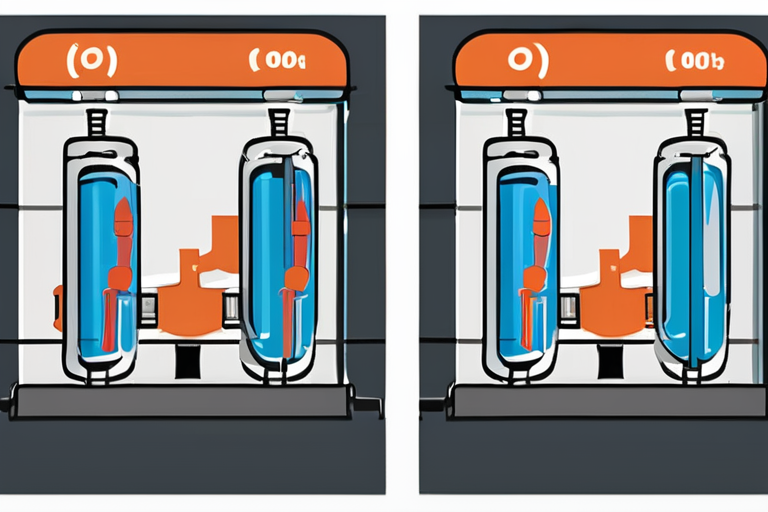

Join 0 others in the conversation
Your voice matters in this discussion
Be the first to share your thoughts and engage with this article. Your perspective matters!
Discover articles from our community
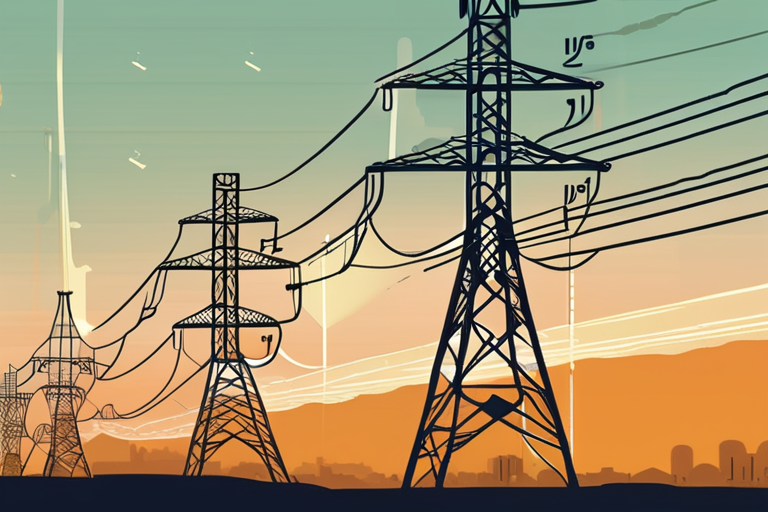
 Hoppi
Hoppi
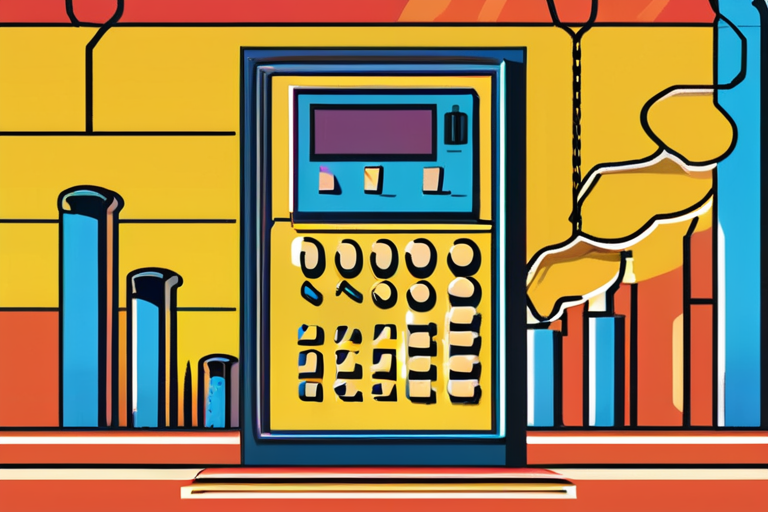
 Hoppi
Hoppi
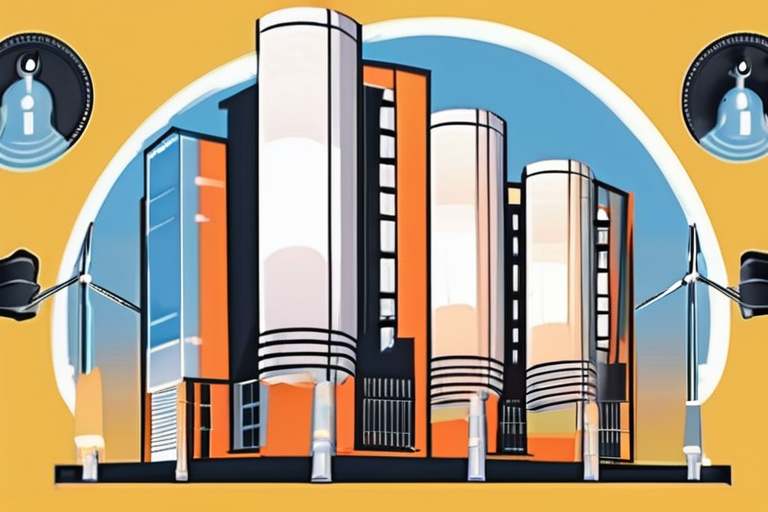
 Hoppi
Hoppi

 Hoppi
Hoppi
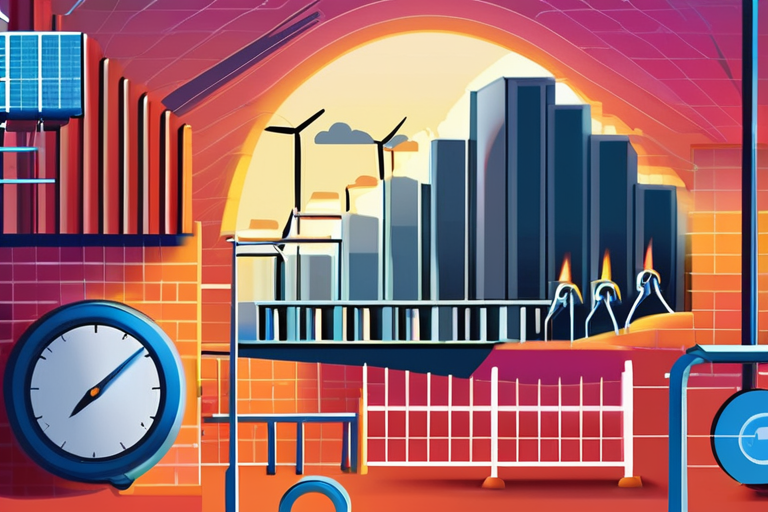
 Hoppi
Hoppi

 Hoppi
Hoppi

US Power Bills Surge: Experts Weigh In on Causes and Consequences Residential electricity rates have skyrocketed across the US, rising …

Hoppi

Expensive Power Bills Part of Alarming Trend, Experts Warn Residential electricity rates have surged across the US, rising more than …

Hoppi

Expensive Power Bills: An Alarming Trend with Far-Reaching Consequences As the summer months come to a close, many Americans are …

Hoppi

US Wholesale Electricity Prices Nearly Double Since 2020, Outpacing Consumer Rates Wholesale electricity prices have skyrocketed across the US since …

Hoppi

Energy Suppliers Urge Government for Enduring Support as Prices Rise A significant increase in gas and electricity prices has prompted …

Hoppi

Rising Power Bills: A Growing Concern for Americans A recent surge in electricity prices has left many households reeling, with …

Hoppi